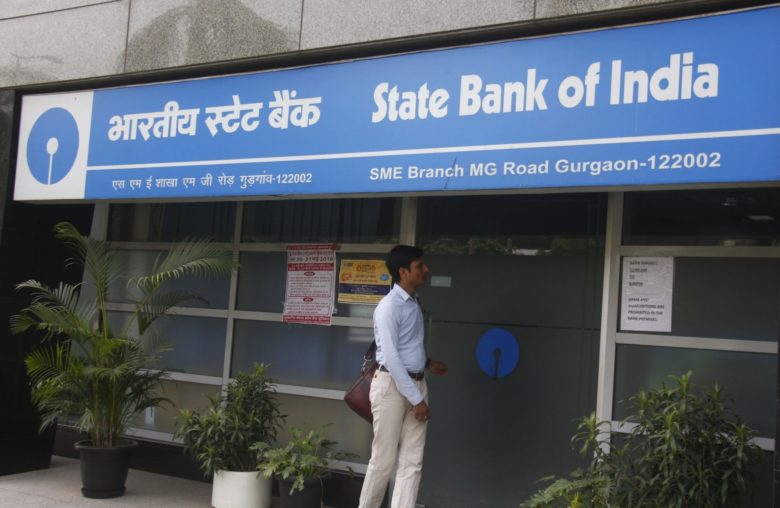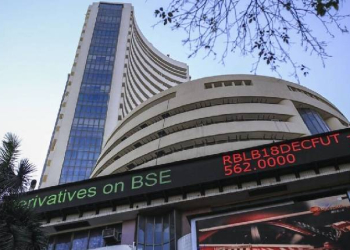Mumbai: The report by the SBI Research Ecowrap said that India’s fiscal deficit in the current financial year is expected to come around 6.5 per cent, as against the budget estimate of 6.4 per cent.
“Furthermore, higher nominal GDP will provide a cushion, thereby fiscal deficit is likely to come around 6.5 per cent of GDP (Budgeted: 6.4 per cent of GDP),” the report said.
Fiscal deficit for Q1 FY23 has reached 21.2 per cent of the annual target compared to 18.2 per cent in Q1 FY22. Tax revenue has been robust with record high GST revenues which have been possible because of increased compliance and higher economic activity.
On the expenditure side, the government has incurred higher capital expenditure (23.4 per cent of BE in FY23 compared to 20.1 per cent of BE during the same period in FY22) which bodes well for our growth potential
Whereas, the report has also revised current account deficit (CAD) estimates from 3.2 per cent of GDP to 3.7 per cent of GDP in ghe cureent financial year.
The goods and services (GST) in this year has remained above Rs 1.4 lakh crore for the straight five months and the latest numbers of July 2022 showed 28 per cent rise to Rs 1.49 lakh crore from the corresponding month last year.
“Importantly, its estimates of inflation-adjusted GST revenue for FY23 show the average collection has been around Rs 1.20 lakh crore. This is a 26 per cent jump in inflation-adjusted GST from the pre-pandemic level at Rs 95,000 crore,” the report said.
Meanwhile, the government has announced several measures in this financial year to arrest rising inflation, including oil excise duty cut, additional fertilizer and gas subsidy resulting in increased expenditure. However, windfall gain tax and additional tax revenue owing to GST over and above the budget are expected to provide relief to fiscal situation.
The monthly variation in trade deficit at $4.8 billion for July 2022 is the largest since September 2021 (when trade deficit increased by $9.7 billion m-o-m). Cumulatively, India recorded a trade deficit of $100 billion during April-July 2022. If we annualised this trade deficit number, it comes at 8.5 per cent of our GDP projections for FY23.
This is much lower than the peak deficit of 10.7 per cent of GDP achieved in FY13. Thus the current situation is much better than that in 2012-13, it added. The report said that based on the current circumstances, SBI has revised its CAD estimates from 3.2 per cent of GDP to 3.7 per cent of GDP for FY23 (FY22 CAD: 1.2 per cent of GDP).
Going forward, while the crude has exhibited signs of softening thereby cooling off inflationary concerns further locally, there would be a paradoxical situation where inflation trajectory may not have a cascading effect on runaway exchange rate dynamics as sentiments in South China sea could steer the patchy global sentiments.
The report also said yields in the US spiked across tenors on the back of hawkish comments from Mary Daly and Charles Evans showcasing increased confidence about the prospect of Fed continuing hiking interest rates with gap between 2-year and 10-year Treasury yields shifting to a fresh extreme on yield curve metric, the long term yield falling considerably, levels not seen since 2000.
(IANS)



















